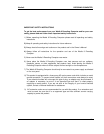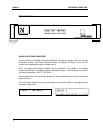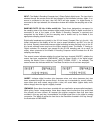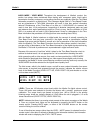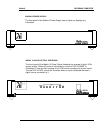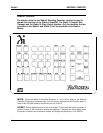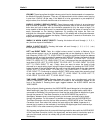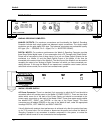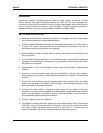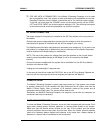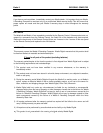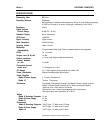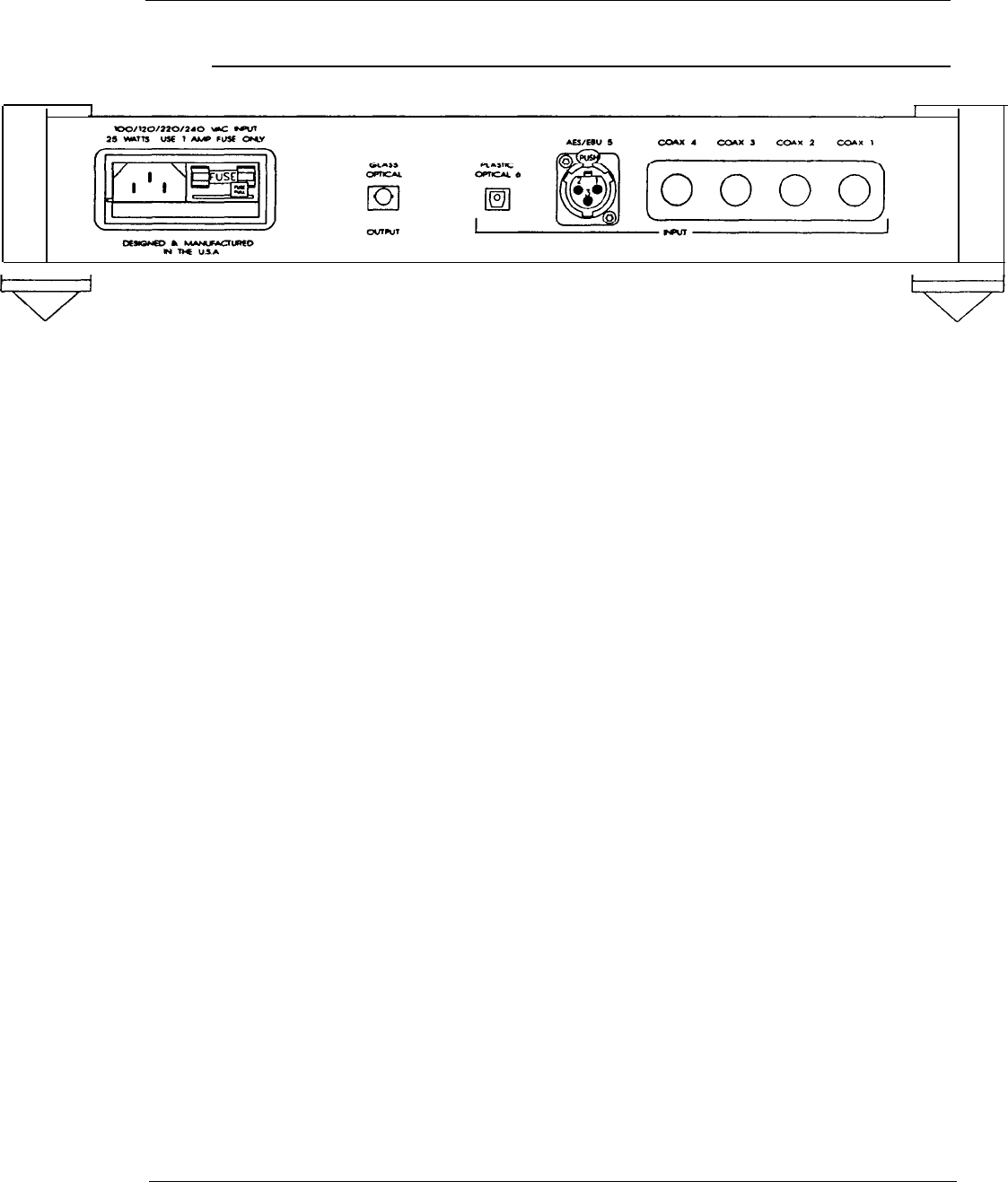
Wadia 9
DECODING COMPUTER
u
WADIA 10 GLASS OPTICAL INTERFACE:
The Wadia 9 has three Glass Optical Inputs. This is to ensure the highest quality digital
interconnection between it and digital sources. Certainly, if a digital source component has a
Glass Optical Output, it should be connected to the Wadia 9 directly through this connection
method. There are many digital source components, however, which do not have a Glass
Optical Output. Rather than risk the potential contamination of the circuitry of both the Wadia
9, and components further along in the rest of the system, by ground noise from digital
source components, Wadia requires that all digital source components that do not have
Glass Optical Outputs be connected to the Wadia 9 through the Wadia 10 Glass Optical
Interface.
The Wadia 10 has six digital inputs (four coax via BNC connectors, and one each
AES/EBU
via XLR connector and
EIAJ
standard optical via a Toslink type connector) and a single
Glass Optical digital output. Through this device, digital source components that do not have
Glass Optical Outputs can be connected to the Wadia 9.
Coaxial digital interconnection is available through a high quality BNC type connector. If this
method of interconnection is chosen, it would be recommended that the cable of your choice
be terminated with a BNC type connector. A BNC to RCA adapter is provided with the
Wadia 10 Glass Optical Interface for those who would like to experiment with a number of
coaxial cables prior to having one terminated with a BNC connector.
The AES/EBU format is provided through an XLR type connector. When using this method of
digital transmission, be sure that the pin configuration on the associated equipment matches
that of the Wadia 9 (Pin 1: Ground, Pin 2: Not Inverted Signal, Pin 3: Inverted Signal).
AC Power Connector: There is a standard 3-pin connector to which the AC cord should be
connected which will provide power to the Wadia 10.
15



